Ultralight And Light Aircraft Market Summary
As per MRFR analysis, the Ultralight and Light Aircraft Market Size was estimated at 6.009 USD Billion in 2024. The Ultralight and Light Aircraft industry is projected to grow from 6.314 USD Billion in 2025 to 10.35 USD Billion by 2035, exhibiting a compound annual growth rate (CAGR) of 5.07 during the forecast period 2025 - 2035.
Key Market Trends & Highlights
The Ultralight and Light Aircraft Market is poised for growth driven by technological advancements and increasing consumer interest.
- Technological advancements in aircraft design are enhancing performance and safety features, attracting more consumers.
- North America remains the largest market, while the Asia-Pacific region is emerging as the fastest-growing area for ultralight and light aircraft.
- Ultralight aircraft dominate the market, yet light sport aircraft are experiencing rapid growth due to evolving consumer preferences.
- Rising demand for recreational aviation and increased accessibility to aviation training are key drivers propelling market expansion.
Market Size & Forecast
| 2024 Market Size | 6.009 (USD Billion) |
| 2035 Market Size | 10.35 (USD Billion) |
| CAGR (2025 - 2035) | 5.07% |
Major Players
Textron Aviation (US), Pipistrel (SI), Flight Design (DE), Aeropro (SK), Skycatcher (US), CubCrafters (US), American Legend Aircraft Company (US), Sierra Industries (US)


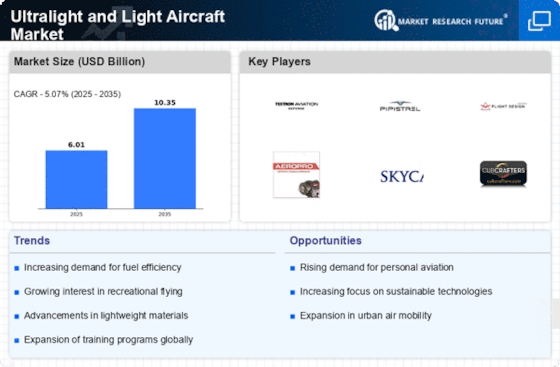
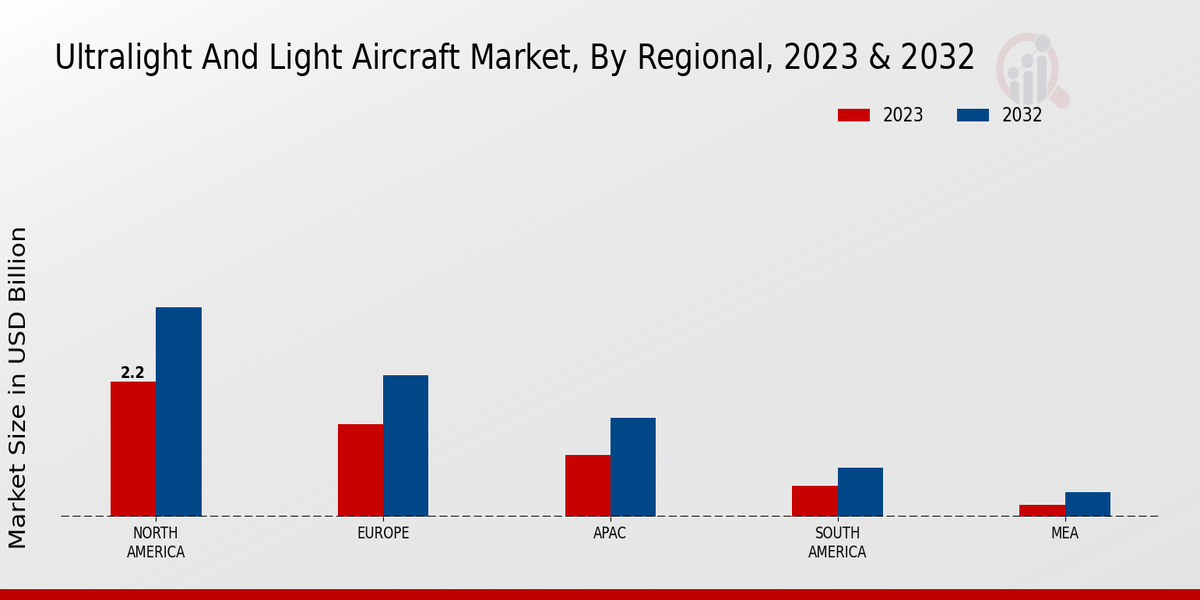


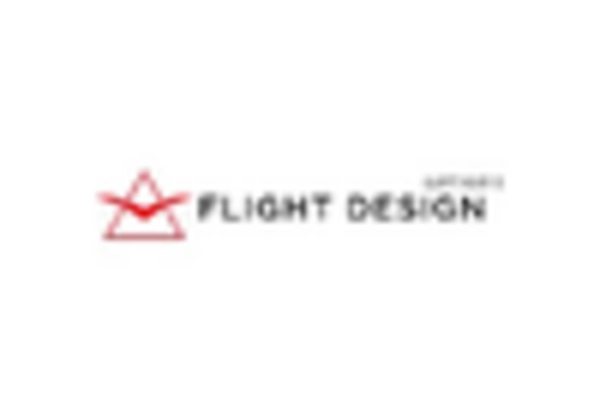

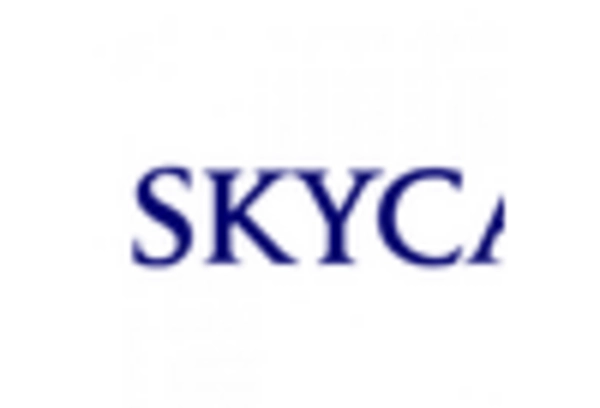
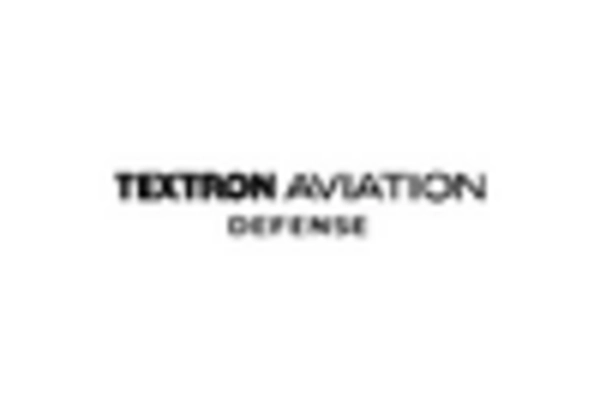








Leave a Comment